[the_ad_group id=”632″]
BOCA RATON – Old fashioned in a leather-helmeted sort of way, Navy’s offense isn’t a high-flying aerial attack promising glitter and flash.
It does rely on speed, though. And stopping it requires speed from the slowest of defenders.
“It’s like you just get that one little step, take a little false step, it’s like you are going to be a second behind,” defensive lineman Haiden Nagel said. “You’ve just got to get everything perfect.”
And perfection must be achieved quickly.
Navy’s flexbone triple-option offense employs its speed in confined spaces, thereby forcing quick decisions. Interior defensive linemen – and Nagel, normally a defensive end, may be one such player on Friday – need to, first and foremost, shutdown the run up the gut.
Defensive ends, linebackers and to some extent safeties are charged with containing the quarterback and tailbacks.
Opposing defenses almost always roster better athletes than Navy’s offense, and FAU’s defense doesn’t figure to be any different. Navy overcomes the deficit by relying on discipline.
FAU intends to fight discipline with discipline.
“Those are grown men we are playing,” safety Jalen Young said. “We’re not playing 18-year-old kids. We’re playing grown men. We just have to be disciplined and play smart.”
They also have to be able to adjust to a faster in-play tempo that the Owls have faced in practice.
Members of FAU’s service team, formerly referred to as the scout team, get a brief overview of the offense, but they certainly don’t have time to master the efficiency with which Navy operates.
“It’s going to be fast – a lot faster than what out service team gives us,” defensive tackle Stephen Leggett said. “Once you catch the tempo, it’s all good.”
To defeat the flexbone, linemen must identify the direction of the play, plug their assigned gaps and only then attempt to make a play on the ball – all the while with an offensive lineman or tight end trying to take out knees and ankles with a cut block, perhaps the technique most despised by defensive players.
When most other teams utilize cut blocks it’s on the backside of the play to take out trailing defenders. Navy uses them as a weapon at the point of attack.
“I’m not really looking forward to it, but it’s part of the game,” Leggett said.
As a defensive lineman, defending against the flexbone can sound so easy.
“Just play with your hands, defeat your cut [block] and everything is going to be alright,” said defensive end Kain Daub, a transfer who played against the Navy Prep team last season while at ASA College in New York.
Everything is easy. Everything is alright. Until it isn’t.
“The moment you lose your eyes and try to get selfish it breaks the whole defense,” Taleni said.
More than any other Owl, Taleni understands perils of the triple option. His Pitt Panthers lost to Navy in the 2015 U.S. Military Bowl.
The Panthers also defeated Georgia Tech’s triple option in two of the past three seasons.
Taleni’s not interested in hearing about how slow teams that run the triple-option are. He’s the guy in the trenches crashing helmets and guarding his knees. He’s the guy who has to execute mentally and physically in a matter of seconds.
He doesn’t have time to think twice.
“They’re fast,” Taleni said. “They’re real fast.”

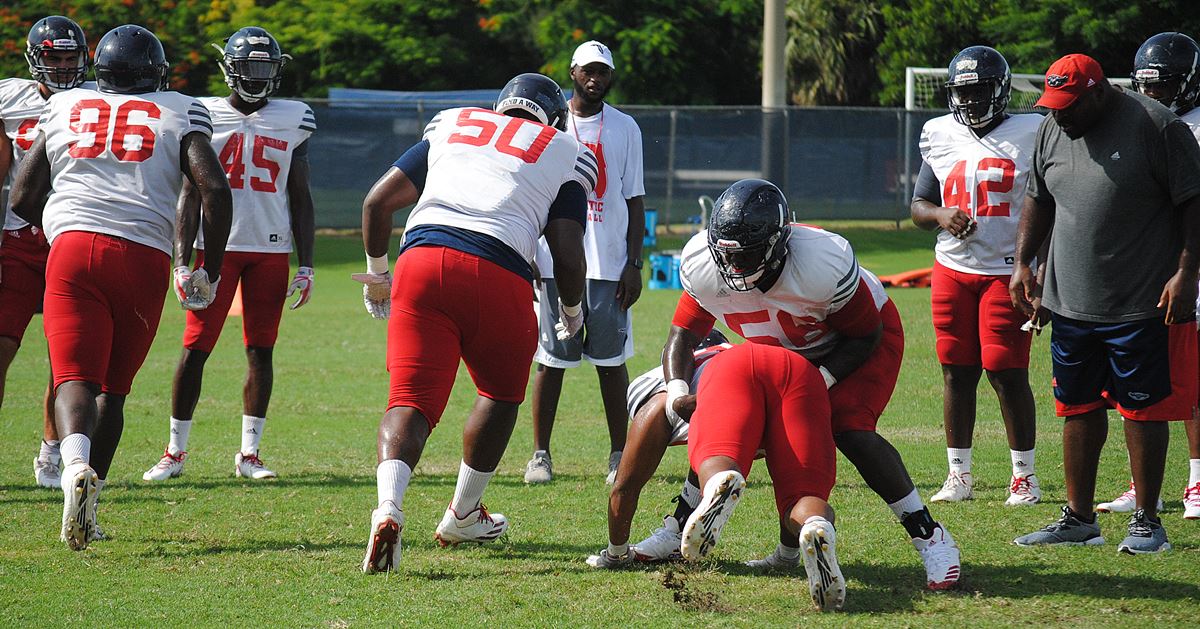
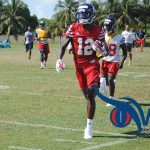

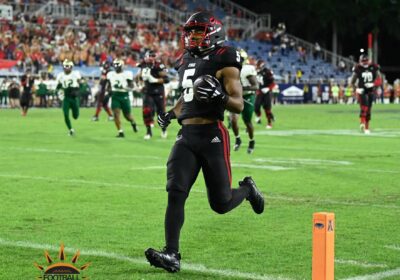
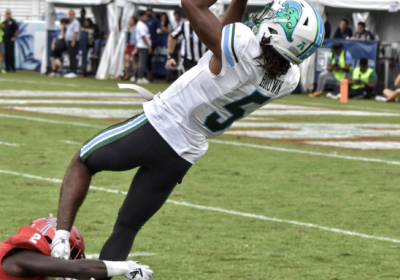
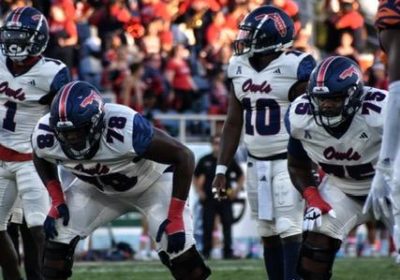
Leave a Reply